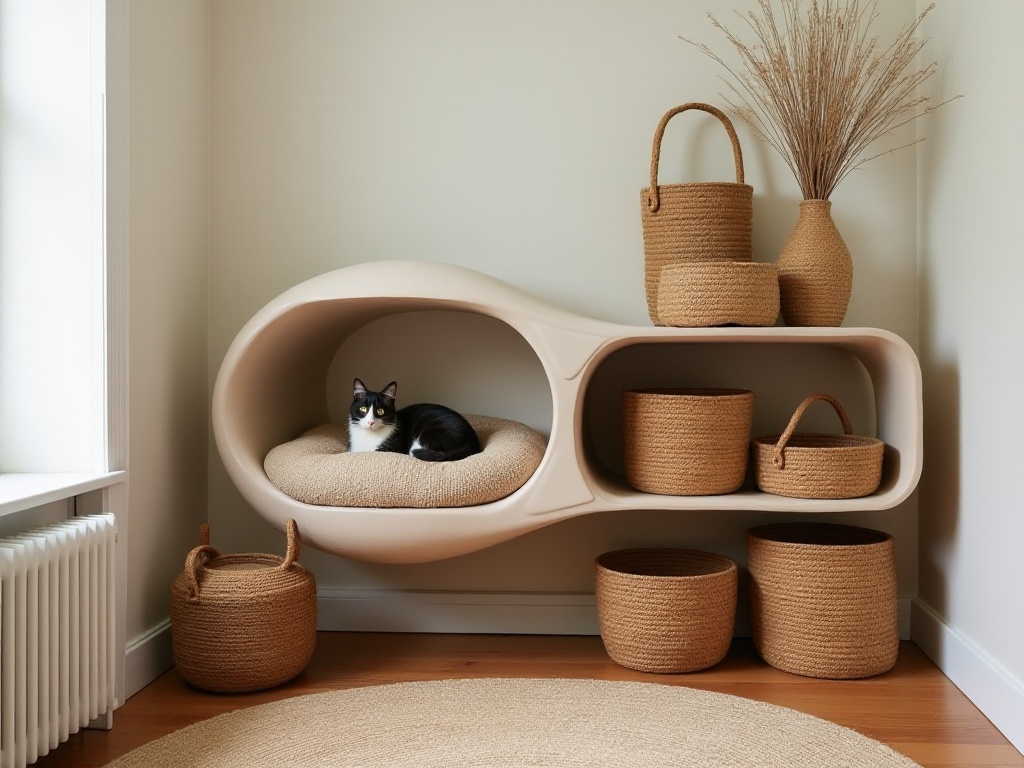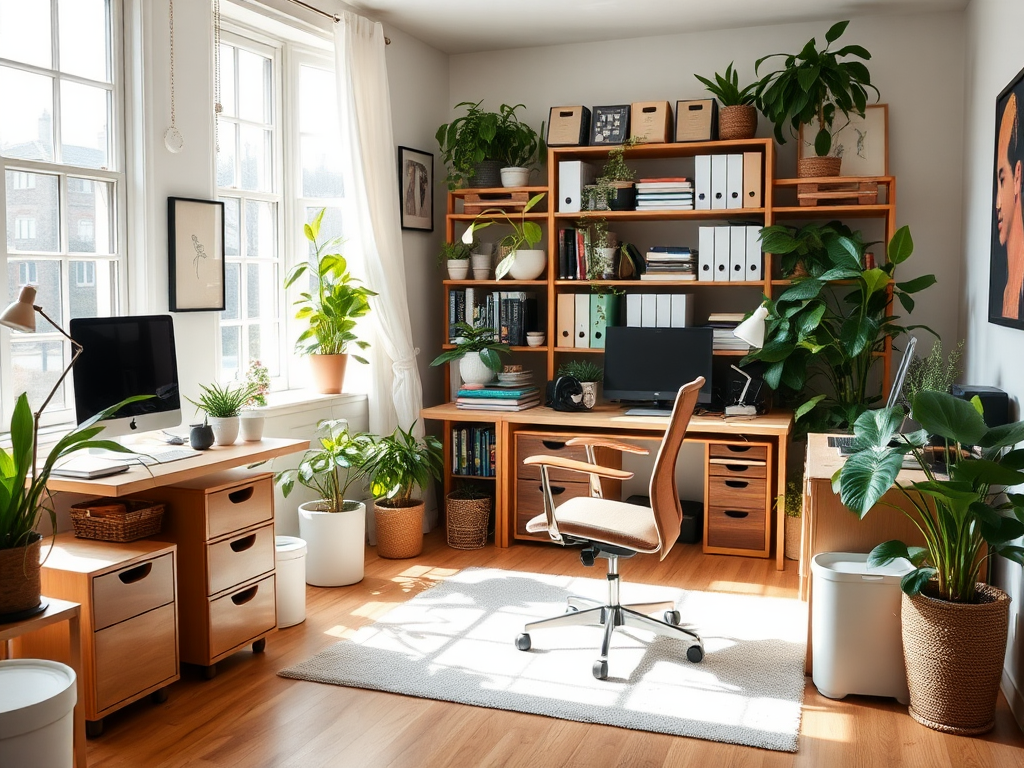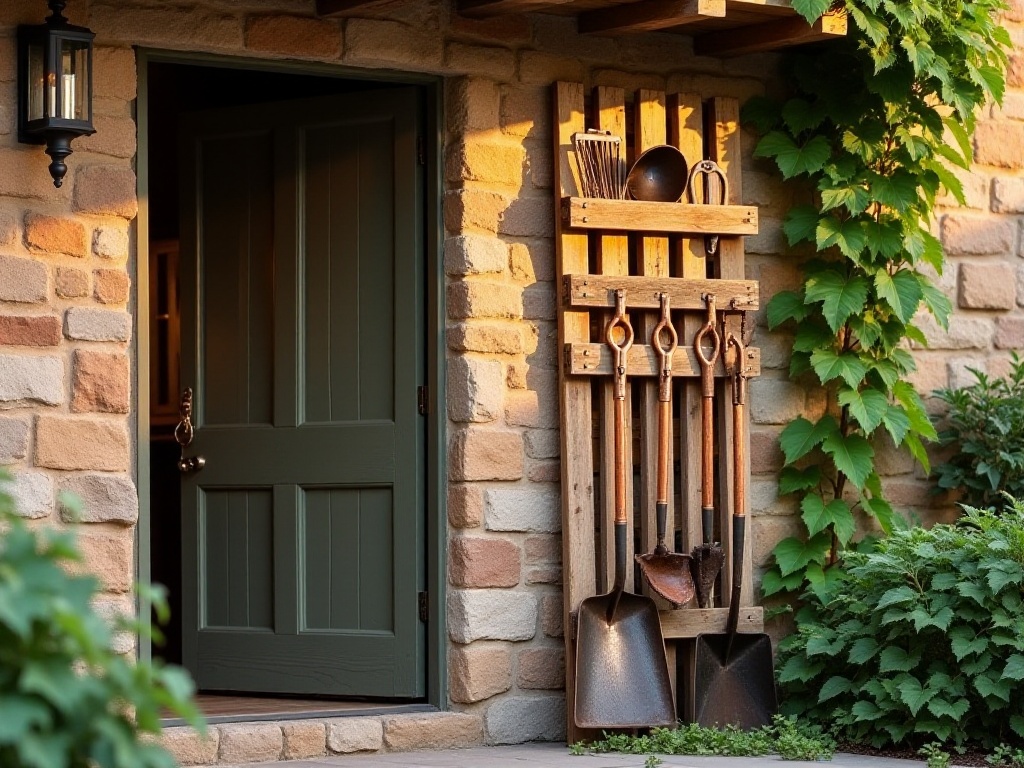Getting Straight to the Point
As a young professional living in a 485-square-foot apartment, I deeply understand the meaning of "space is precious." Every time after shopping at IKEA or online, I face the same challenge: where to put all these things? Until I started researching storage solutions, I realized the key issue wasn't insufficient floor space, but rather our neglect of vertical space's enormous potential.
Over these two years, I've studied countless cases from storage experts, watched innumerable storage videos, and even enrolled in several online storage courses. After repeated practice and reflection, I finally grasped one truth: in modern urban life where space is at a premium, utilizing vertical space is the key to breaking through limitations.
Walls Hold Great Potential
Speaking of vertical space, walls are definitely an underestimated area. I remember when I first moved into my new apartment last year, the kitchen was cluttered with pots and pans, cabinets were stuffed full, and finding the tools I needed while cooking was a huge hassle. Later, I bought a Nordic-style pot rack online and installed it on the kitchen wall. This small change immediately freed up space in two cabinets! Now all my woks and frying pans hang neatly on the wall, not only easily accessible but also creating an unexpected industrial aesthetic.
Through this renovation, I truly recognized the power of wall storage. I started researching various wall storage solutions online and discovered many wall storage gadgets available: magnetic knife holders, adjustable shelving units, wall-mounted storage baskets, and more. These products are not only practical but many are beautifully designed, adding artistic value to the home.
I also discovered that wall storage isn't limited to the kitchen. In the study, I use wall grid organizers for stationery and office supplies; in the bathroom, I installed bathroom shelving units to organize skincare and toiletries neatly; in the entryway, I combined hooks and shoe racks to arrange frequently used coats and shoes orderly.
Most delightfully, these wall storage solutions haven't made the space look cluttered; instead, the rational display of items has added layers and a lived-in feel to the entire home.
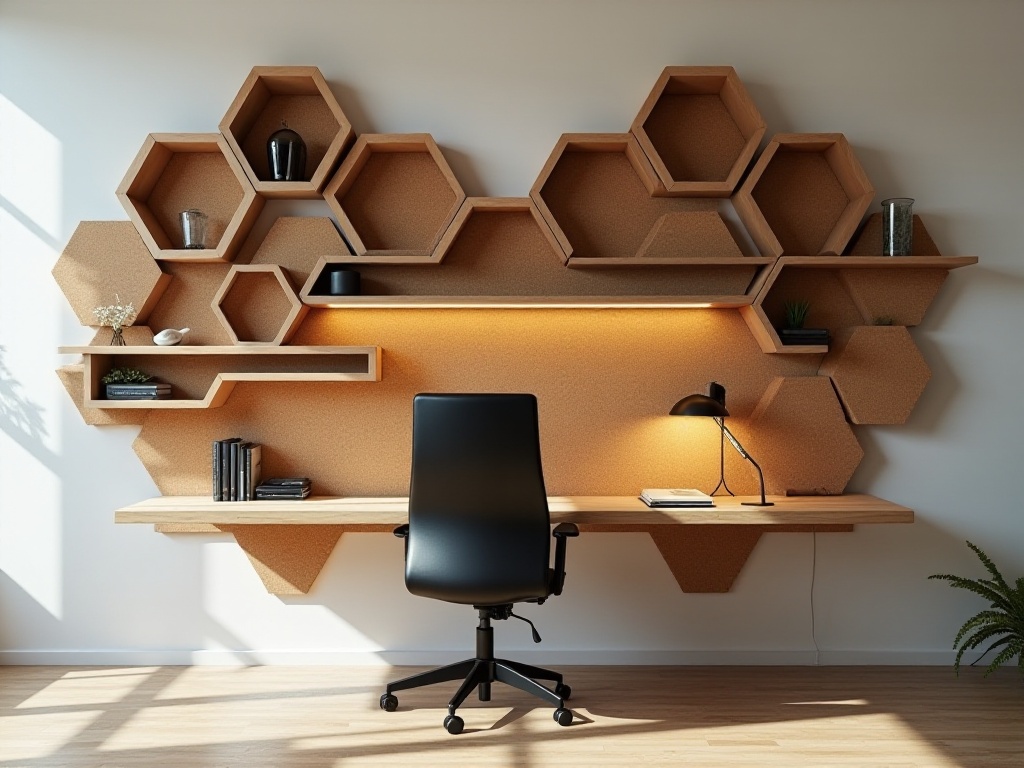
The Logic of Layering
Recently, my friend Xiaomei asked for help renovating her walk-in closet. Although spacious, it only had a single clothing rod, resulting in mountains of clothes and a major excavation project every time she needed to find something.
We designed a completely new layered storage solution together. First, we installed sliding clothing rods at the top that could be adjusted as needed. Then we added three layers of drawer-style storage below, specifically for folded clothes. At the bottom, we reserved space for storage boxes to store seasonal clothing.
This renovation gave me a deeper understanding of layered storage. I discovered that scientific layered storage isn't simply about dividing space into layers; more importantly, it's about considering frequency of use and convenience.
By detailed tracking of daily clothing access patterns, we developed a "golden zone" plan: placing most frequently worn clothes at heights between 0.9 to 1.5 meters, the most accessible range; less frequently worn but occasionally needed items slightly higher; and seasonal heavy clothing in storage spaces at the very top or bottom.
This layering method not only follows ergonomic principles but can also be flexibly adjusted according to seasons and usage frequency. For example, during seasonal changes, we only need to swap items between different zones, eliminating the hassle of reorganizing everything.
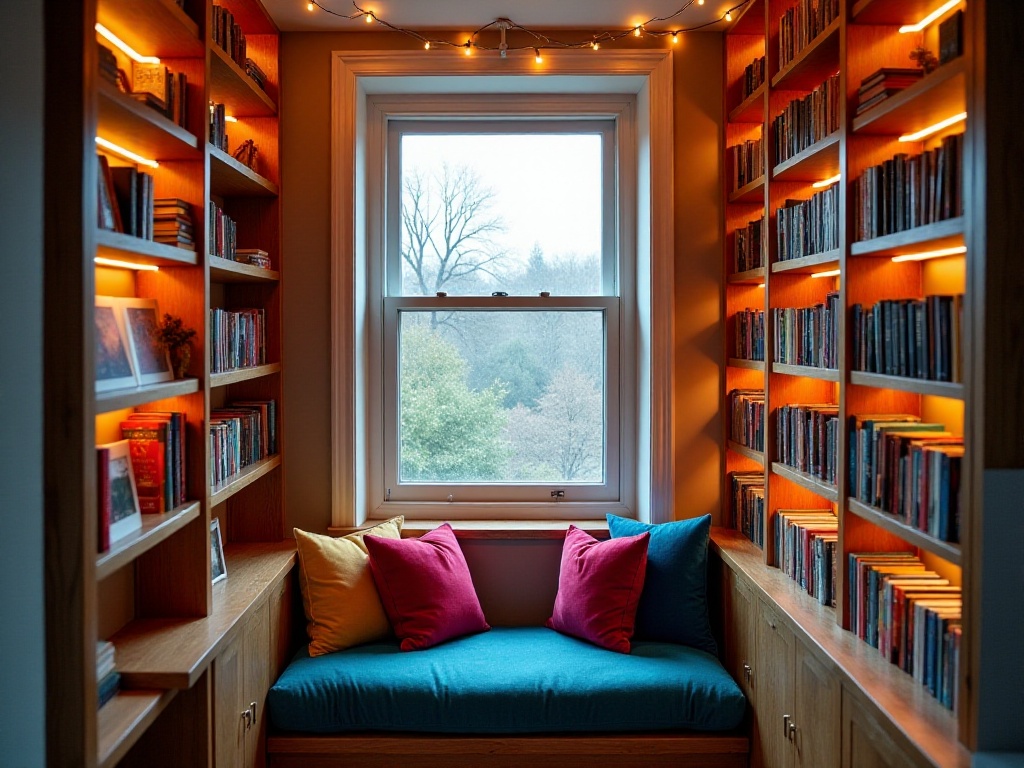
Clever Use of Furniture
When I first started researching storage, like most young people, my first reaction was: "Buy storage boxes!" The result was a house full of various sized storage boxes, which not only failed to solve storage problems but made the space look more cluttered.
After continuous exploration, I finally understood one principle: rather than buying many storage boxes, it's better to carefully select a few multifunctional pieces of furniture. This realization dramatically changed my storage philosophy.
My sofa is a great example. It looks like a regular three-seater sofa, but lift the cushions and there's a huge storage space underneath. I store winter quilts, blankets, and some rarely used books there. Best of all, these items are completely hidden, maintaining the living room's clean and elegant style.
The bed is also an important storage carrier. I specifically chose a bed with storage function, with the under-bed space divided into several large drawers. These drawers can store not only seasonal clothing but also larger items like suitcases and exercise equipment.
The desk is also well-thought-out. I chose a smart desk with height adjustment, featuring drawers and hidden storage compartments under the desktop. Work files, cables, chargers, and other small items can be perfectly stored within. Best of all, this desk can adjust height as needed, suitable for both sitting and standing, greatly improving space utilization.
The TV cabinet was also carefully selected. Instead of choosing a traditional solid wood TV cabinet, I opted for a modular combination cabinet. This design allows me to adjust storage space size and position according to actual needs. For example, I can change decorative items seasonally or increase the number of storage boxes.
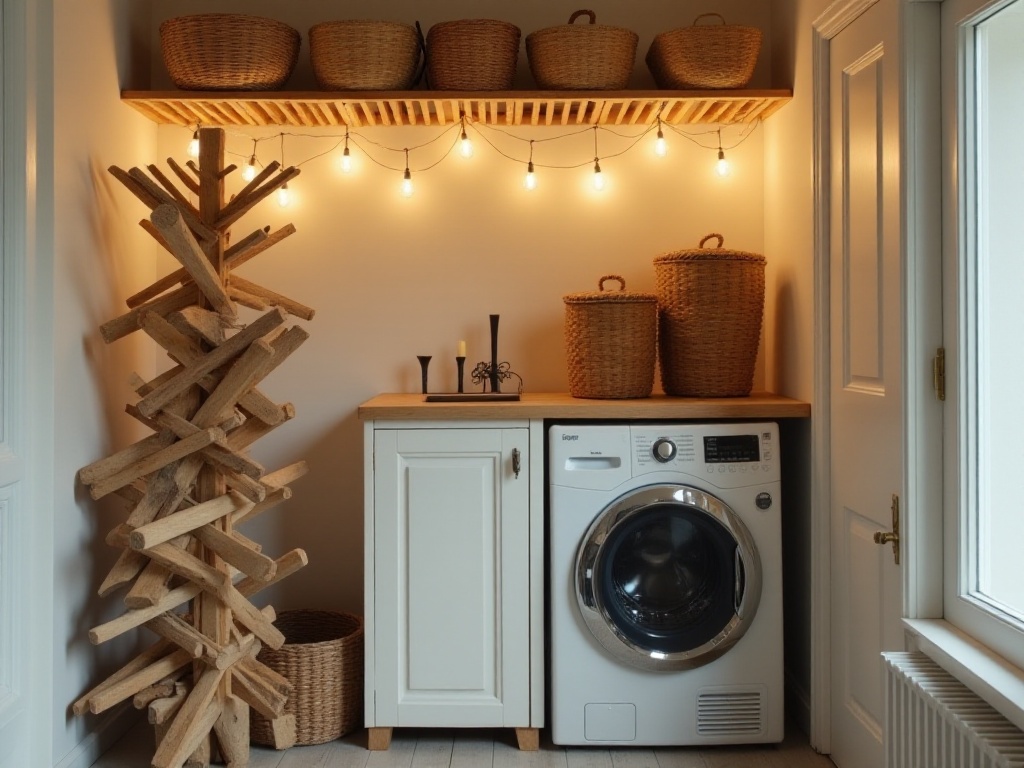
Establishing Good Habits
Honestly, in practicing storage solutions, I found the hardest part wasn't designing solutions or choosing furniture, but developing good storage habits. Even the most perfect storage system will quickly become chaotic without supporting usage habits.
I set myself an iron rule of "return immediately after use": items must be returned to their original position immediately after use, with no delays allowed. When I first started following this rule, I indeed found it troublesome, often thinking "I'll put it away later" or "I'll organize everything tomorrow." But after persisting for a while, I discovered the benefits far exceeded expectations.
First, I no longer worry about finding things. Previously, I often couldn't find small items like keys or phone chargers, sometimes spending over ten minutes searching. Now these items all have fixed storage locations, and I can find them instantly.
Second, room organization time has greatly decreased. Because items are returned to their places promptly, situations requiring major cleanups rarely occur. A simple daily tidying is enough to maintain an orderly home environment.
Most importantly, this habit has made my life rhythm more regular. When all items are neatly arranged, my mood also becomes particularly pleasant. This positive cycle makes me more convinced that good storage habits not only change living environment but also improve quality of life.
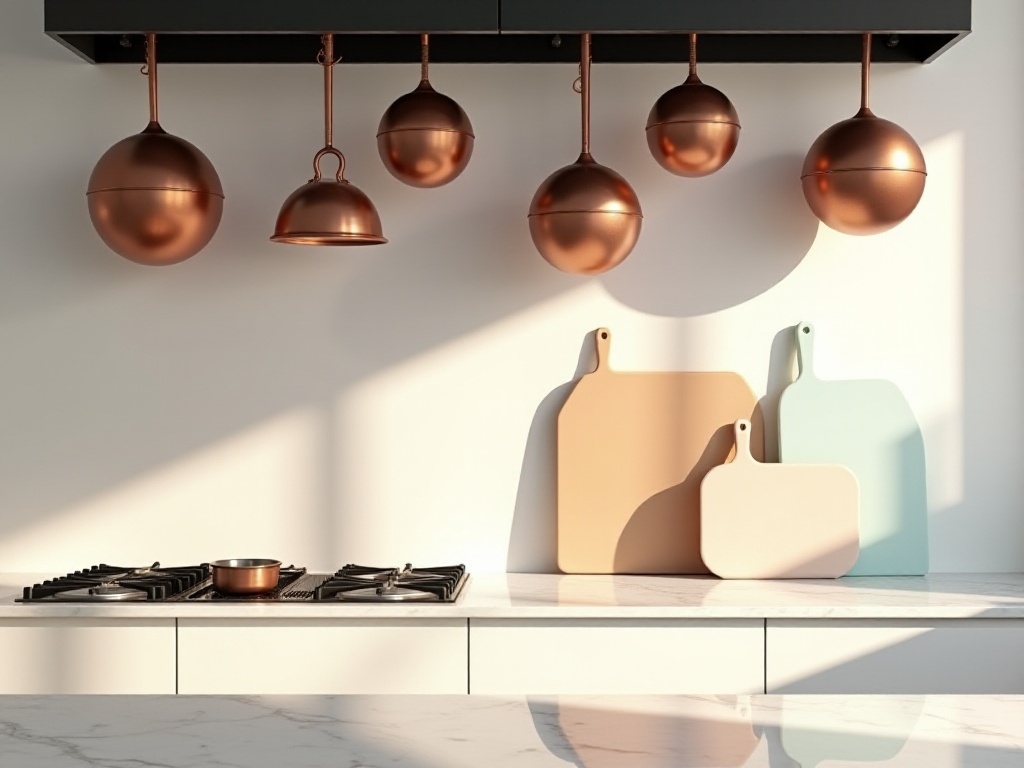
The Art of Storage
After these two years of practice and exploration, I increasingly feel that storage isn't just a life skill, but an art that requires continuous learning and improvement. It's not just about space tidiness, but also about quality of life and sense of happiness.
In the process of utilizing vertical space, I've learned a lot. For example, when choosing storage tools, consider both practicality and aesthetics; when planning storage areas, fully consider daily movement patterns; even the placement angle of storage boxes needs careful consideration to be both beautiful and convenient to access.
I've also discovered that storage isn't something achieved overnight, but a process requiring constant adjustment and optimization. As lifestyle changes, storage needs also change. For example, after working from home became normal, I adjusted my study's storage solution to increase file storage space.
Additionally, storage needs to coordinate with home style. My home has a simple Nordic style, so I choose storage items mainly in white and natural wood colors, maintaining unified visual effects without looking obtrusive.
Finally, I want to say that utilizing vertical space is an endless topic. Each family has its unique spatial structure and living habits, so storage solutions should be personalized. You can start with one wall, gradually expand to the entire room, and finally create your ideal storage system.
When you truly start paying attention to vertical space, you'll be amazed to discover: there's so much more usable space at home! Every inch of wall, every corner, contains infinite possibilities.
So here's the question: which vertical space in your home needs renovation the most? Why not try using these methods I've shared and start your storage renovation journey!





